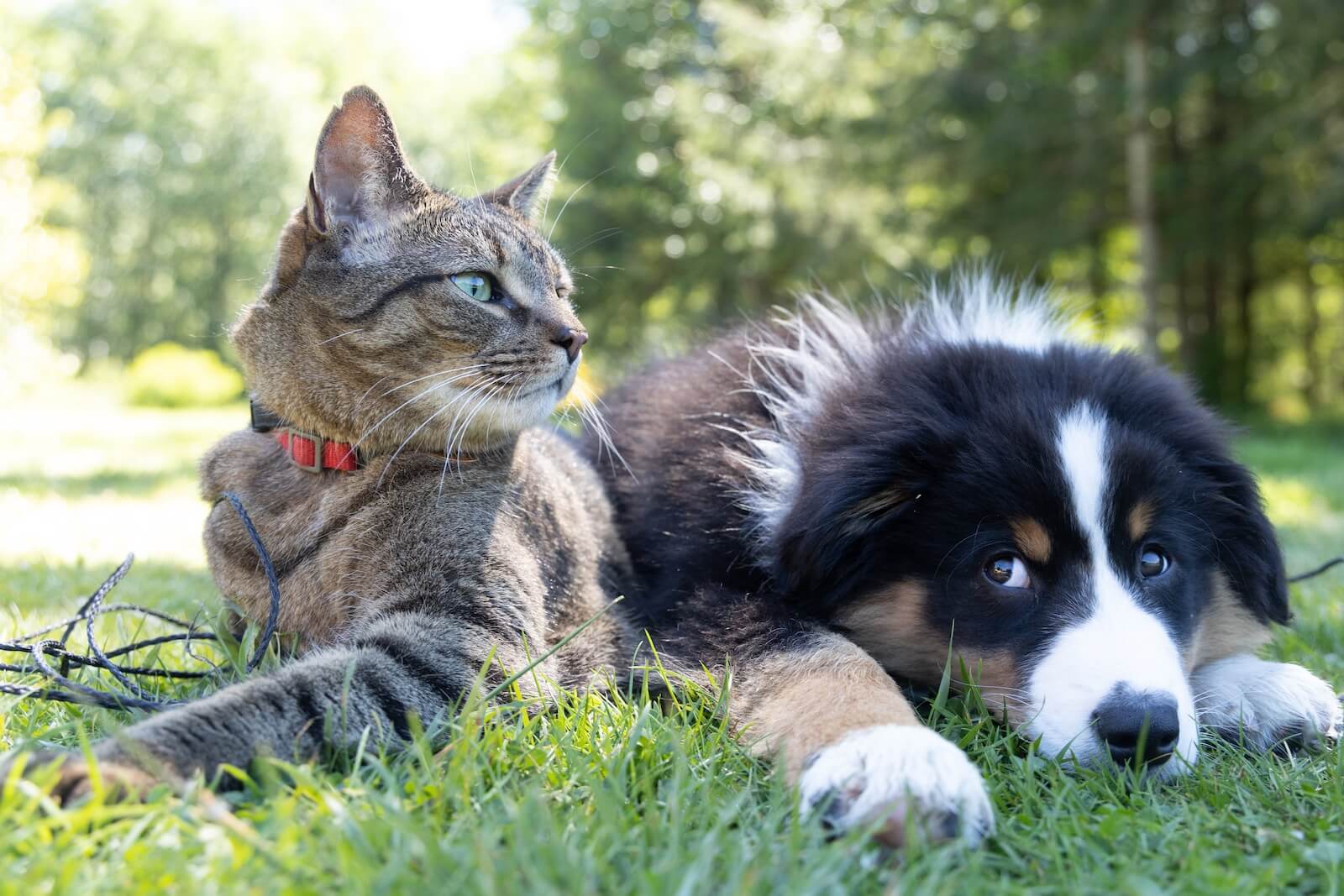COPENHAGEN, Denmark — When comparing pet dogs and cats, it’s easy to see which of the two species generally requires more attention. Pups usually can’t get enough love from their human owners, while cats tend to be much more independent. Consequently, people often perceive felines as caring less about humans and needing less care in return compared to canines, but do dogs really get more care from their families than cats? According to new research spanning three European countries, the short answer to that question is yes.
However, while researchers did find that people generally show more care toward their pups, and are willing to pay more for canine medical treatments, this latest study also reports feelings towards dogs and cats vary greatly from country to country. For instance, while citizens in the United Kingdom are only slightly warmer towards dogs than cats, the preference for dogs is much greater in Denmark.
Prior to this latest project, earlier studies indicated pet owners are less emotionally attached to and less willing to finance care for pet cats compared to pet dogs, but those prior studies usually relied far too much on non-representative samples or failed to consider possible cultural differences influencing pet attitudes. So, Dr. Peter Sandøe of the University of Copenhagen decided to conduct this latest report in pursuit of clarity.
“We and others have found that people are willing to spend much less on their cats than on their dogs,” says Sandøe, first author of the study, in a media release. “We wanted to find out whether cats could eventually end up having the same high status as dogs do today.”
To research this topic, the study authors made use of a survey company to recruit representative samples of adult pet owners from three European countries: Denmark, Austria, and the United Kingdom. While all of those nations are similar in some ways, they all urbanized at different times in history; the United Kingdom did so earliest, Denmark the latest, and Austria urbanized between the two. Researchers theorized that a more distant history with rural animals among a nation’s general population may be a relevant social factor influencing societal attitudes towards pets today.

The final sample included in the research encompassed 2,117 people who owned either dogs or cats. More specifically, 844 dog owners, 872 cat owners, and 401 owners who own both dogs and cats. Participants answered numerous questions aimed at understanding a variety of different dimensions of pet care. The questions even featured the Lexington attachment to pets scale, which is used to gauge owners’ emotional attachment. Finally, questions were also posed to the group regarding how much they would be willing to invest in veterinary care, as well as their expectations for that care.
Sure enough, this research approach produced similar findings to earlier studies. The research team ultimately found that people across all three nations seem to care more about their dogs than their cats across all measures. Higher attachment scores were seen for dogs, and people reported insuring their dogs more often. Additionally, participants generally expected more treatment options to be available for their pet dogs than cats and were willing to pay more for canine treatments.
However, the research team stresses a number of striking differences were seen in pet attitudes between the countries. While preference for dogs over cats was only marginal in the United Kingdom, in Austria the preference was more marked, and in Denmark, it was at its highest.
“While people care more about their dogs than their cats in all countries, the degree of difference varied dramatically between countries,” Dr. Sandøe explains. “It doesn’t therefore seem to be a universal phenomenon that people care much less about their cats than their dogs. We suggest instead that the difference is likely to depend on cultural factors, including whether the animals spend a lot of time with their owners in the home.”
This pattern kept reappearing across multiple measures. In Denmark, the emotional attachment gap separating dog and cat owners was at its greatest, and Danish owners reported being much less likely to have bought insurance for their cats than their dogs. Danish citizens are also less willing to pay for cat treatments.
“There seems to be no natural limit to how much people will end up caring about their cats compared to their dogs,” Dr. Sandøe concludes. “The British are often portrayed as a nation of cat lovers, which is certainly confirmed by our study. The Danes have a long way to go but they may eventually get there.”
Study authors say their findings may have been driven by Denmark’s more recent agricultural past, in which most animals were kept at a greater distance and dogs worked much more closely with humans than cats. Still, other factors may be at play as well. For example, people living in any country may just want to take more care to insure their dogs because dog treatment is more expensive. Or, greater attachment to dogs may be so common due to pups’ penchant for accompanying their owners diligently throughout everyday life. A pet dog is much more likely to go on daily walks with its owner than a pet cat, for instance.
“Our study only looks at three countries located in central and western Europe,” cautions Professor Clare Palmer of Texas A&M University, a co-author of the paper. “It raises intriguing questions regarding what comparative studies of other countries might find. Perhaps there are countries where the level of care for and attachment to cats is, in fact, higher than dogs?”
The study is published in the journal Frontiers in Veterinary Science.
You might also be interested in:
- Best Small Cats: Top 5 Little Breeds Most Recommended By Experts
- Best Dog Halloween Costumes: Top 5 Doggie Disguises Most Recommended By Experts
- Cats and dogs key to finding love? Nearly 3 in 4 say owning a pet is attractive


Yes because cats rule dogs drool
Depends on the person.